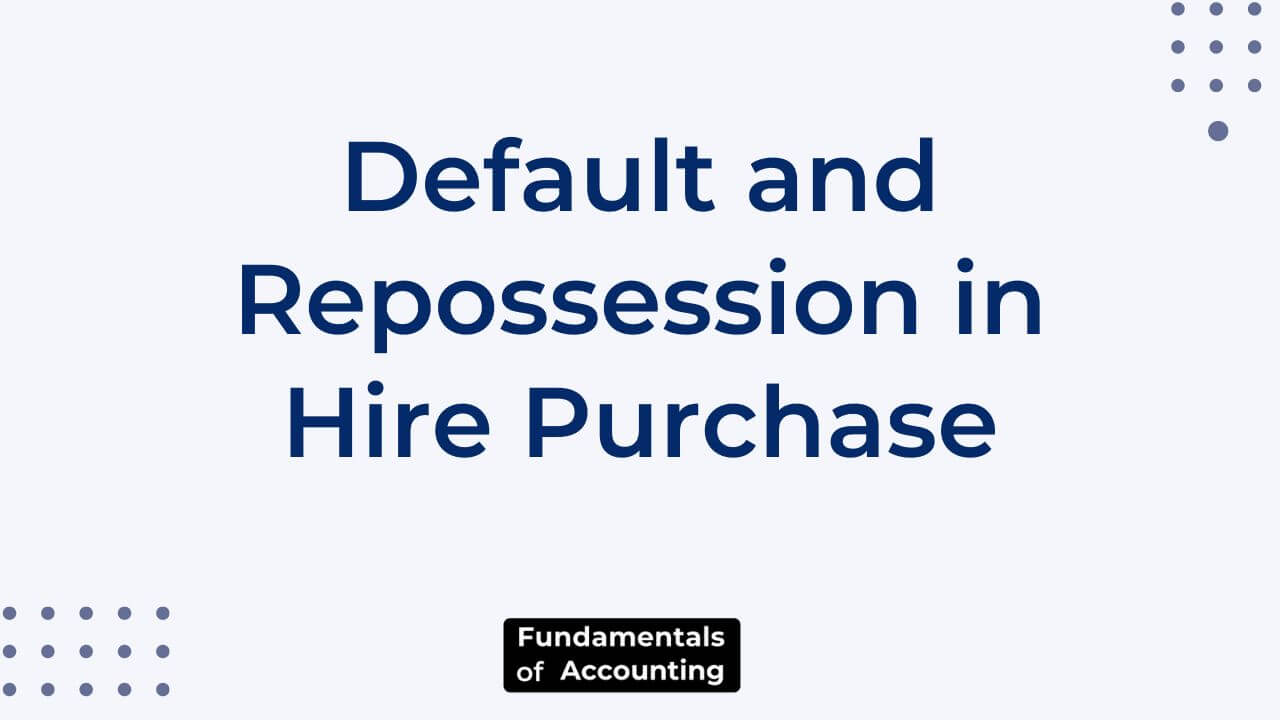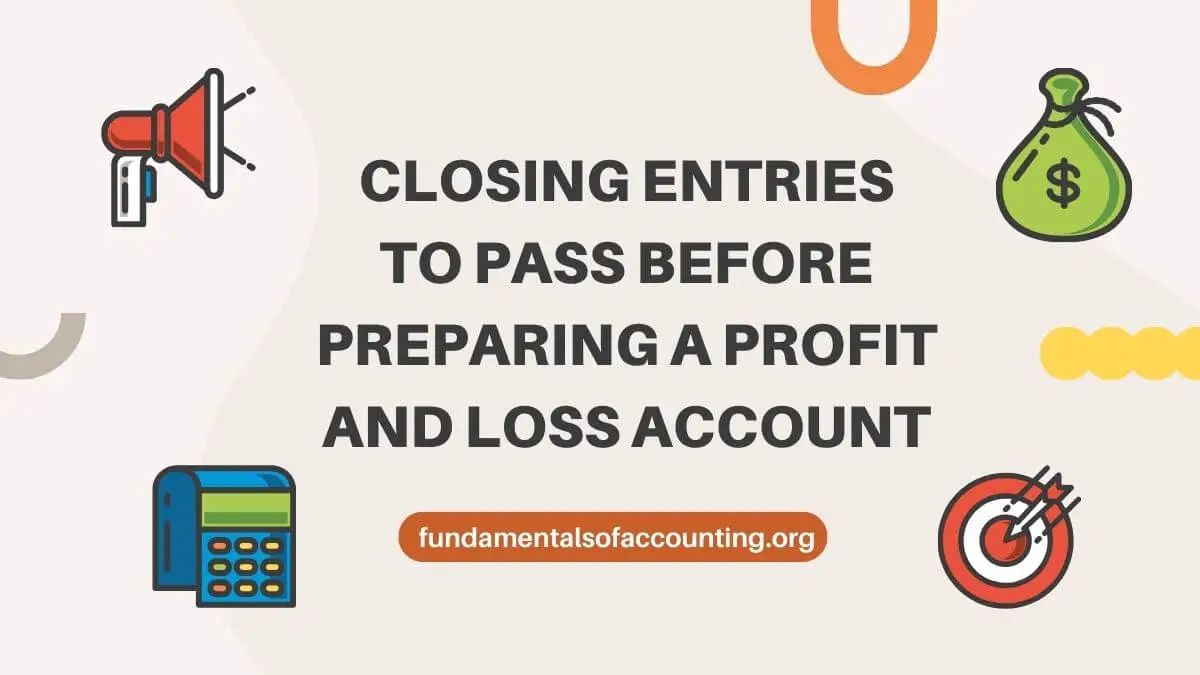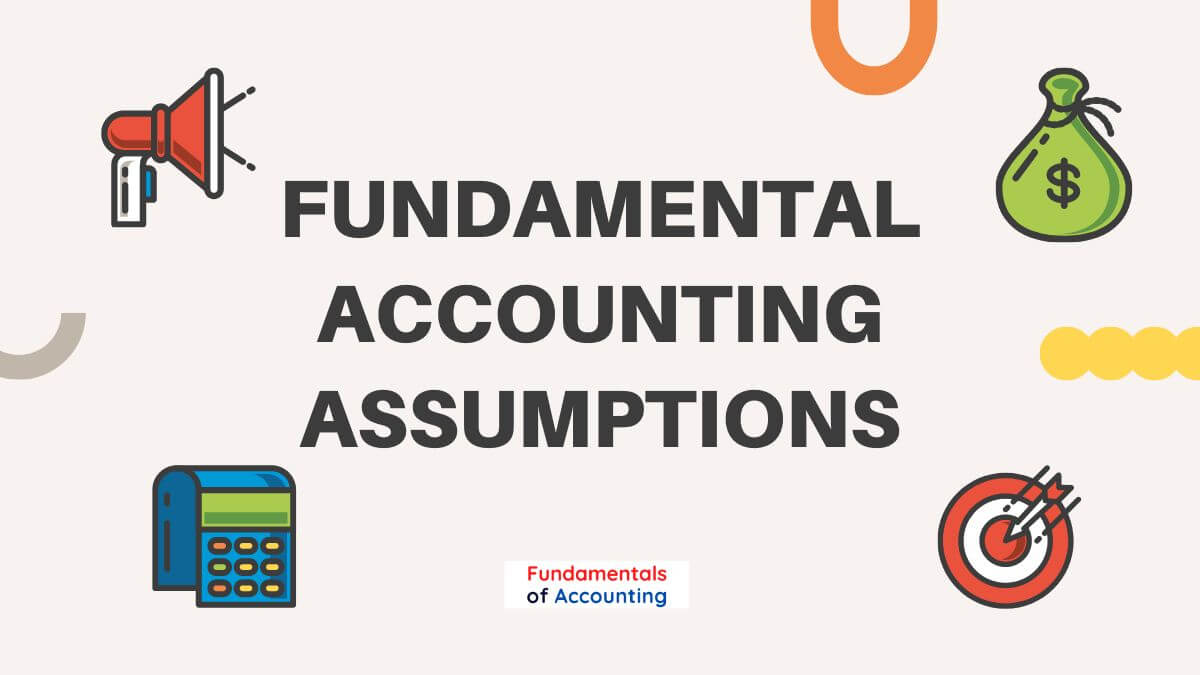What Are the Differences between Bookkeeping and Accounting?

Bookkeeping vs Accounting Many people think that bookkeeping is the same as accounting. It’s not! There are some similarities, but there are many, many differences. Bookkeepers track sales and expenses, while accountants analyze these records to create reports that summarize financial data. Accounting is more than bookkeeping and reporting. It also includes payroll, insurance, legal, […]
Default and Repossession in Hire Purchase

In this post, we will discuss default and repossession, which are two crucial elements of the hire purchase accounting system. Let’s understand them in detail. ‘Default’ is the failure to act, appear or pay, i.e., failure to meet the obligation. Under a hire purchase agreement, the hirer has an obligation to pay up to the […]
What are the Procedural Aspects of Accounting?

The recording of transactions through the creation of financial statements is a universal accounting procedure or procedural aspect of accounting. This procedure is performed by businesses all over the world as part of their standard operations. The timing and rate at which transactions are recorded and subsequently reported in the company’s financial statements are determined […]
The Rationale for Preparing Cash Flow Statement

Cash Flow Statement A cash flow statement is a report that measures and illustrates the company’s ability to generate revenues and meet its financial needs of the company. This tool helps to understand the level of uncertainty in the company’s financial position that can affect the ability to meet business requirements in the future. The […]
Closing entries to pass before preparing a Profit and Loss Account

Closing entries in accounting refer to the many entries that are made after an accounting year to eliminate the balances of all temporary accounts established throughout the accounting period and transfer their balances to the appropriate permanent accounts. The process involves resetting the balances of temporary accounts to zero, ensuring their readiness for usage in […]
Volkswagen Scandal – An Accounting Perspective

Every public organisation must be accountable for its operations from a financial, social, and environmental perspective (Crane & Matten 2010). There are many instances of failures due to non-compliance and non-accountability of the business. The impact of such a dilemma is severe for transnational organisations. This is reflected in Volkswagen’s recent ‘diesel dupe’ scandal (VW). […]
Methods of Preparing a Trial Balance

A trial balance is a listing of all the general ledger accounts in a company’s accounting system at a specific point in time. It shows the ending balances (debit or credit) for each account. The main purpose of a trial balance is to check for mathematical errors in the bookkeeping. Methods of Preparation of Trial […]
Net Present Value (NPV) Calculation With Example

The NPV method is based on the time value of money principle, which states that money is worth more today than it will be in the future. This is because money can earn interest, and the longer you have to wait for the money, the less you will get in return. The Net Present Value […]
What are the Fundamental Accounting Assumptions?

Fundamentals accounting assumptions are the underlying assumptions that are presumed to have been followed while preparing financial statements. There are three fundamental regards to accounting assumptions: If there is nothing mentioned about the fundamental accounting assumptions in the financial statements, then it shall be presumed that these assumptions have been followed in the preparation of […]
Trend Analysis – Meaning and Example

Trend analysis is the process of analyzing the financial statements by the computing trend of a series of information using certain techniques. With the help of the trend analysis tool, we determine the directions upward or downward and compute the percentage relationship that each statement item bears to the same item in the base year. […]
